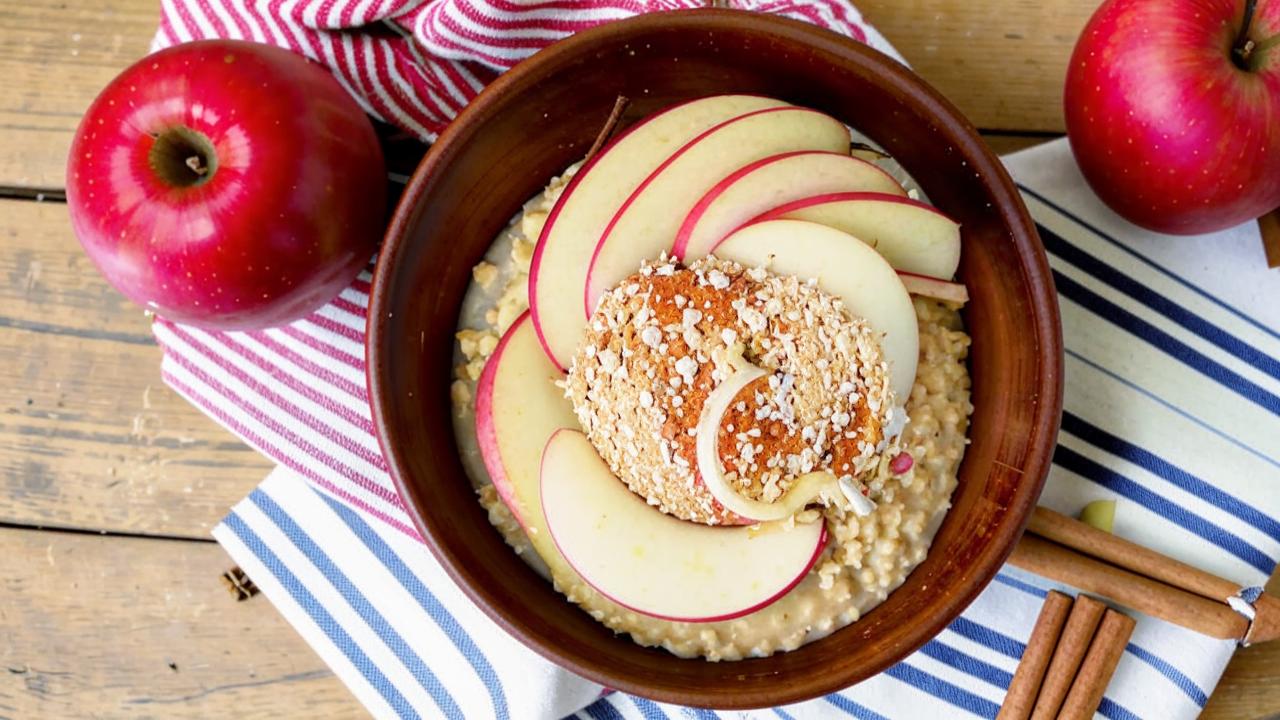
Nutriciologist of the boarding house “Warm Talks”
“Lent is a valuable time to take care of your health and make more conscious food decisions. Let’s understand the restrictions and principles of nutrition to help support the body.”
Principles of Lenten Nutrition
The basis of nutrition in Lent is the refusal and exclusion of all animal products from the diet, but balance is very important in this rule. Pay attention to a number of important factors:
- observance of the number of portions;
- variety of allowed products;
- choosing to eat seasonal foods (fruits and vegetables);
- “clean” intervals between meals, i.e. “no nibbling”.
Many people go to extremes and severely restrict themselves, risking their health. Or vice versa – carbohydrate and monotonous food prevails, lack of vegetables and proper fats. For example, nuts, avocados. It is necessary to understand that fasting is not a diet or therapeutic nutrition.

What foods are forbidden during the fast?
During fasting, all products of animal origin are excluded from the diet. These include:
- meat (meat semi-finished products, sausages, sausages, frozen products);
- seafood and fish (they can be eaten several times during the fasting period);
- dairy and fermented milk products;
- eggs;
- sweets, as confectionery often contains animal products.
Alcohol and smoking during this period are also forbidden.
What can be eaten during Lent?
In Lent, the following categories of products are allowed:
- Vegetables in any form. For greater satiety it is worth adding products that contain fiber to each meal, to facilitate digestion in the evening to use baked or boiled versions;
- greens;
- berries;
- dried fruits;
- fruits;
- nuts. They contain omega-3 acids and fats that are essential for brain function and reducing inflammation in the body, as well as regulating cholesterol levels;
- legumes. This is one of the types of available protein in Lent, so they can and even should be eaten daily in different variants – hummus, lentil and chickpea soup, salads with beans and so on;
- cereals. Here you should give preference to those that contain a large amount of protein in the composition – buckwheat, quinoa and millet;
- mushrooms;
- honey;
- pickles and marinades;
- sours and compotes;
- seaweed (nori, seaweed);
- bakery products without eggs and dairy products;
- water and herbal teas.
At the same time on Clean Monday and Great Friday it is necessary to abstain from food and drink only water. Here it is important to understand that if fasting does not bring complications, it is possible to practice it. However, these rules are not suitable for all people, including the elderly. Abrupt restriction in the intake of nutrients is a stress for the body. It can provoke a worsening of the condition, so you should not torture yourself.
It is also important to remember that fish and seafood is allowed to eat only twice during the entire fast – on Annunciation and Palm Sunday, and on Lazarus Saturday you can serve fish caviar.

Alternative foods
Meat and fish are protein, which is vital for the body. During the fasting period, these foods can be replaced with legumes (chickpeas, lentils, peas, mung beans) and derivatives of them, as well as seeds and nuts (walnuts, chia and cedar nuts are an excellent option).
To maintain protein levels in the body, it is worth adding buckwheat, pearl or millet porridge or soy products (such as tofu) to your diet. Moreover, you can add a lactose-free version of hydrolysate or protein isolate to your diet. These powders contain from 80% pure protein.
A variety of plant milk products is also a healthy alternative. However, it is important to pay attention to the composition. A nut product will be many times more nutritious and healthier for the body than oatmeal or buckwheat variants. Indispensable dairy products today are no longer available.
Instead of butter, you can buy ghee butter, because in the process of cooking, milk proteins – lactose and casein – are evaporated from it.
Who should not fast?
The moral aspect of fasting is good for a person, but any restriction in the food set must necessarily be compensated by other available foods or food supplements. However, children, pregnant women, lactating women, people with diabetes and gastrointestinal (GI) diseases are not recommended to fast.
People with heavy physical exertion can observe fasting not to the full extent, because in their case it will be difficult to compensate for the lack of useful substances. In old age, any restriction of the diet should be accompanied by the supervision of a competent specialist (doctor or nutritionist) with constant correction of habits and selection of individual nutrition, taking into account the characteristics of the body.
By following the principles of a balanced diet, you can not only maintain your health, but also discover new gastronomic combinations.

Recipes
Fasting people should pay special attention to their nutrition. All fasting eat only pasta or porridge on water – a bad option, which will definitely affect health. A monotonous diet with a predominance of carbohydrates is fraught with constipation, excess weight gain, blood sugar spikes and, consequently, deterioration of the body.
The plate should be bright and varied – introduce vegetable salads, cream soups or on vegetable broth, hummus or falafel, baked vegetables with your favorite spices, porridge with fruits and berries, bowls with vegetables and seaweed.
Mashed chickpea soup
Ingredients:
- dried chickpeas – 200 g;
- water – 800 ml;
- celery – 2-3 petioles;
- pickles – 3 pcs;
- tomato – 4 pcs;
- onion – 2 pcs;
- vegetable oil – 2 tbsp;
- salt and pepper – to taste;
- herbs – to taste.

Preparation:
- Rinse the chickpeas thoroughly under cold water. Soak it overnight.
- In a saucepan add clean water and chickpeas, bring to a boil. Boil until soft.
- Cut all the vegetables (celery, cucumbers, onions and tomatoes) into medium sized pieces.
- Fry the onion in a skillet until golden. Add the cucumbers to it. Fry for two minutes. Then throw in the rest of the vegetables.
- Transfer the roast to the pot with the chickpeas, salt and pepper to taste. Cook for about 10 minutes.
- Use a blender to puree the chickpeas.
- Just before serving, add the greens.
Bowl of vegetables and rice
Ingredients:
- brown rice – 1/2 cup;
- cauliflower – 350 g;
- fresh peas – 1 cup;
- tomatoes – 150 g;
- carrots – 2 pcs;
- zucchini – 1 pc;
- herbs – 100 g;
- olive oil – 2 tbsp;
- salt and pepper to taste;
- tahini – 3 tbsp;
- sesame oil – 1 tbsp;
- honey – 1 tbsp;
- vinegar – 2 tsp.

Preparation:
- Rinse and boil the rice.
- Preheat the oven to 180 degrees, on a baking tray greased with oil, lay out the cauliflower.
- Dice the carrots, zucchini and tomatoes. Add to the baking tray. Bake for about 30 minutes.
- Boil the peas in salted water for five minutes.
- Prepare the dressing: mix the tahini paste with the sesame oil, vinegar and honey.
- Assemble the bowls: put the rice, cauliflower, vegetables and greens. Fill everything with the dressing.

Lenten salad with fresh beets
Ingredients:
- beets – 100 g;
- carrots – 50 g;
- onions – 25 g;
- potatoes – 50 g;
- lean mayonnaise – 2 tbsp;
- salt and pepper – to taste;
- herbs – 100 g.

Preparation:
- Boil the potatoes, cool and grate on a coarse grater.
- Chop onions finely.
- Clean beets and carrots, grate the vegetables on a coarse grater.
- Mix all the vegetables. Add salt, pepper and lean mayonnaise. Mix everything thoroughly.
Oatmeal porridge with apples
Ingredients:
- raisins – 50 g;
- apples – 2 pcs;
- oatmeal for cooking – 200 g;
- apple juice without sugar – 300 ml;
- oat milk – 300 ml;
- cinnamon – 1/2 tsp.

Preparation:
- Wash the raisins and pour boiling water over them, let stand for 10 minutes.
- Wash the apples and remove the skin. Grate them on a coarse grater.
- Pour apple juice and oat milk into a saucepan. Bring to a boil.
- Pour in the oats and wait for the water to boil.
- Cook the porridge on low heat for five minutes, stirring occasionally.
- Then add cinnamon, grated apples, raisins. Stir well. Leave on the stove for another five minutes.
- Spread the porridge on plates and serve.





